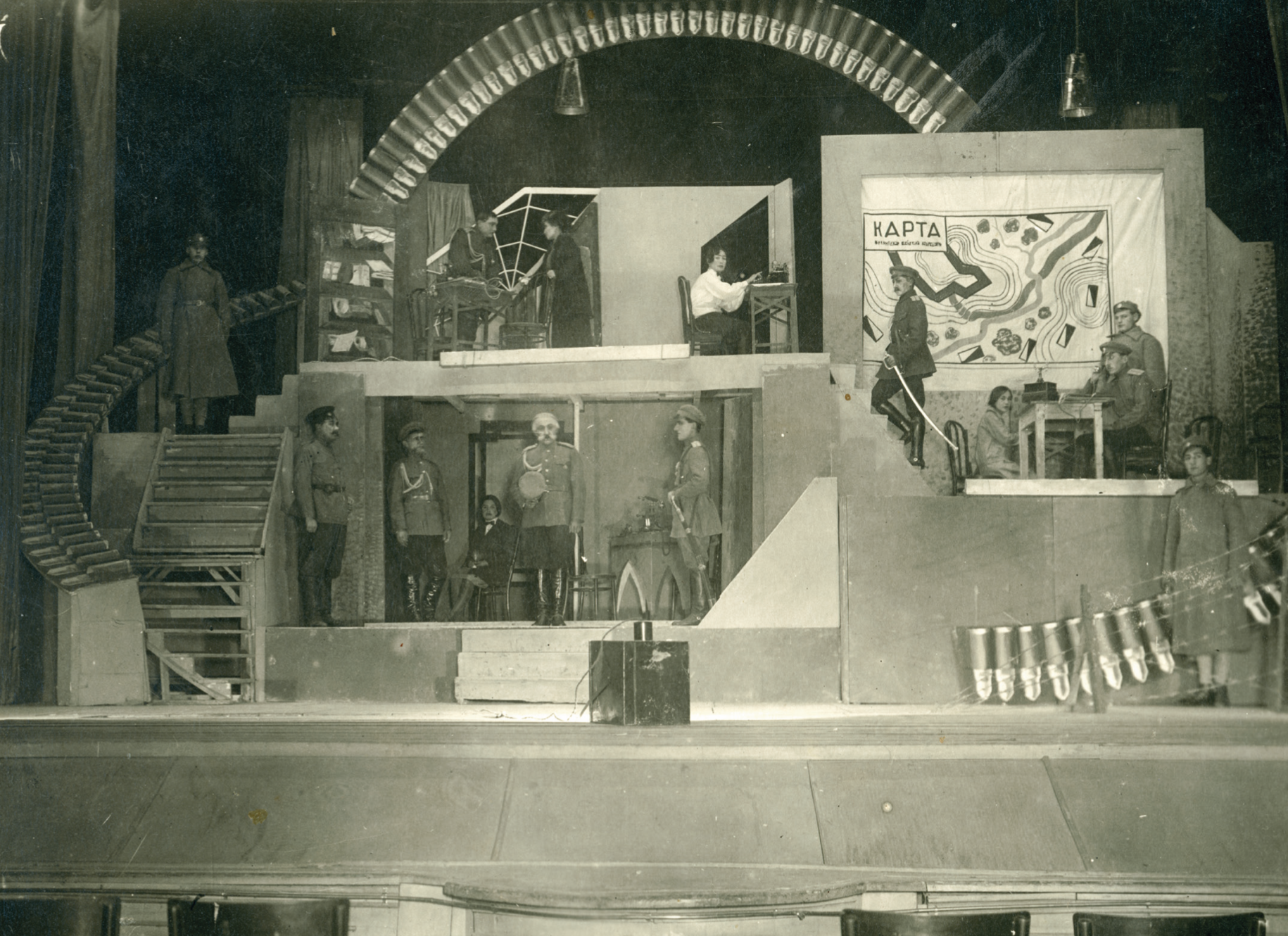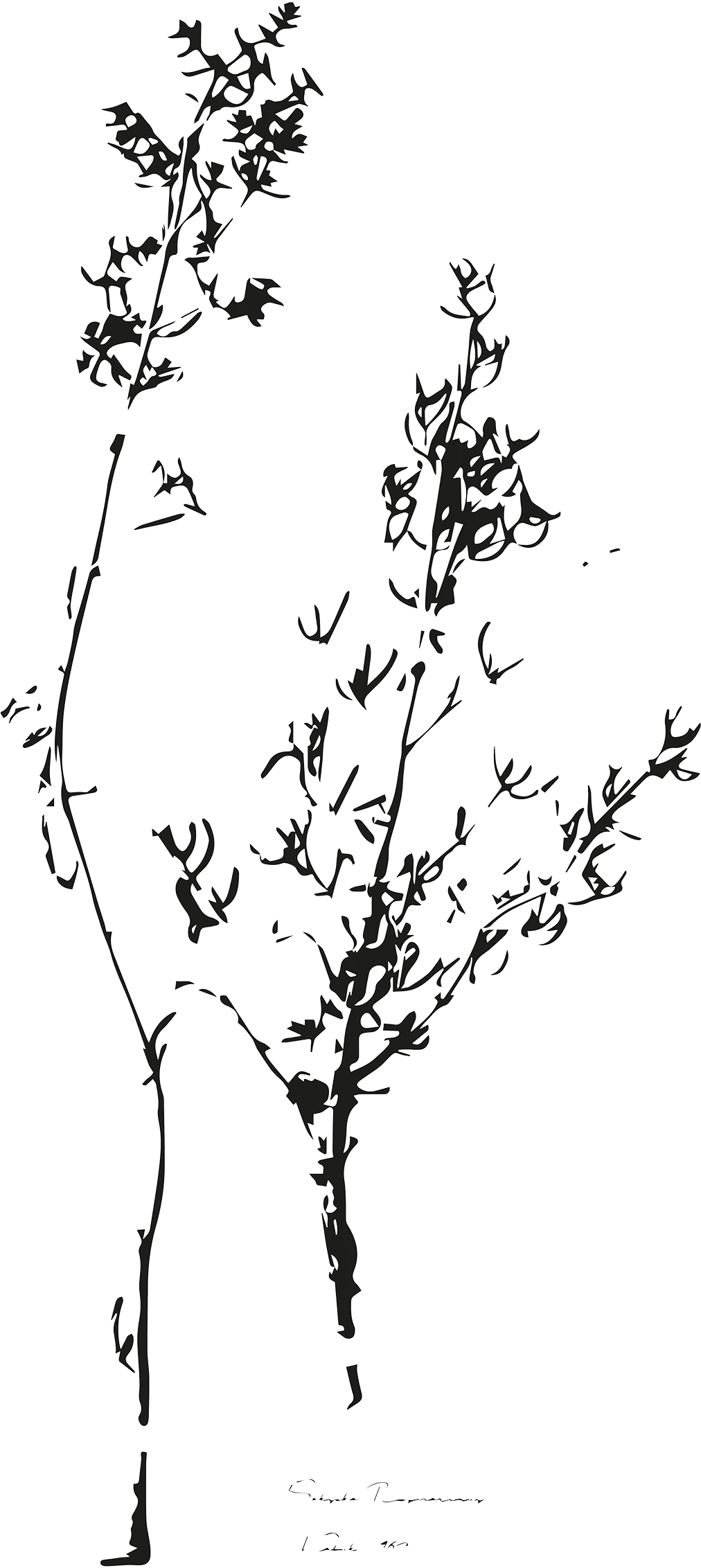THE JADID MOVEMENT IN SOVIET UZBEKISTAN
We spoke to Niloufar Edmonds, the curator of 'Bound for Life and Education: Sara Eshonturaeva and the Jadid Movement in Soviet Uzbekistan' about the photographs, documents, and objects presented in this exhibition which trace the life of a national icon and celebrated actress of Soviet Uzbekistan, Sara Eshonturaeva (1911 - 1998) and her relation to a group of fascinating intellectuals, known as the Jadids, who shaped the construction of Uzbekistan's national identity in the early 20th century before their persecution by Soviet authorities.
Niloufar currently works for the Bourse & Bazaar Foundation and has previously worked for an independent art advisory firm and Sotheby's Islamic and Middle East Department. Her interests lie in bridging the gap between Iran and Central Asia through cultural initiatives and Uzbekistan, in particular.
Who were the Jadids?
The Jadids were Muslim modernist intellectuals, active from 1880s to 1920s, who operated under different Russian colonial conditions across Central Asia, including what is today Uzbekistan. They essentially wanted to understand why they had been colonised and sought to harness art and science to solve social ills. As part of a way to solve society's problems, the dramatic arts offered a powerful means to edify the public and help shape a new national identity - Sara Eshonturaeva was an emblem of this power.
What is the relevance of Jadidism on Uzbekistan today?
Young Uzbek intellectuals see the Jadid project as an authentic effort to define Uzbek nationhood - a project that gained new salience in the 1990s as Uzbekistan emerged from the Soviet Union as an independent state, and has again become a touchpoint during the recent period of political and economic reforms.
What common misunderstandings of the Jadids are there?
I think people see the systematic execution of the Jadids during Stalin's Great Purge by October 1938 as a cut-off point to their influence in shaping Uzbekistan's national identity, especially as they were left out of Soviet historiography and removed from all forms of pictorial existence. However, this exhibition is an attempt to reclaim a sense of Jadid continuity following their erasure and to reconcile this rupture in Uzbekistan's history. Many identify as descendants of Jadids who had been killed and the photographs of this exhibition are a precious line of connection to these individuals who were long forgotten.
What's Shakespere got to do with it?
The exhibition's title "Bound for Life and Education" is taken from Desdemona's lines in Othello, a part that Eshonturaeva embodied in over 400 performances at the Hamza Theatre in Tashkent. They play on a tension between her sense of duty to her art and her nation as a national icon, and how she was bound to the Jadids through her education but also through tragic and ecstatic live experiences.

Above / A staged group photograph of Uzbek drama students at the Uzbek Institute of Education enacting Bay i Batrak (Master and Man), a play about social class struggles. As depicted in this photograph the farm workers are rising up against the richer men written by Uzbek author and playwright, Hamza Niyazi. This was later adapted into a 1953 Soviet film directed by Aleksandr Gintsburg and Latif Faiziyev in which Eshonturaeva starred as Jamila alongside Shukur Burhanov. 1926, Moscow, Turkestan Archives, Private Collection

Above / A photograph depicting an early play called Signal about the events of civil war at the Hamza Theatre in Tashkent with avant-garde style production. As written on the back of the photograph in Abror Khidoyatov’s handwriting, the director was Roshchin. 1929, Tashkent, Collection of Nadira Khidoyatova.

Above / An original poster from the Hamza Theatre production of the Shakespeare play, Othello. The first performance took place on 25 January 1941 with Abror Khidoyatov and Sara Eshonturaeva starring in the leading roles as Othello and Desdemona respectively. The play was directed by Mannon Uyghur and N.V. Ladigin was the stage manager who had travelled to Tashkent from Moscow. 1956, Tashkent, Collection of Nadira Khidoyatova.






